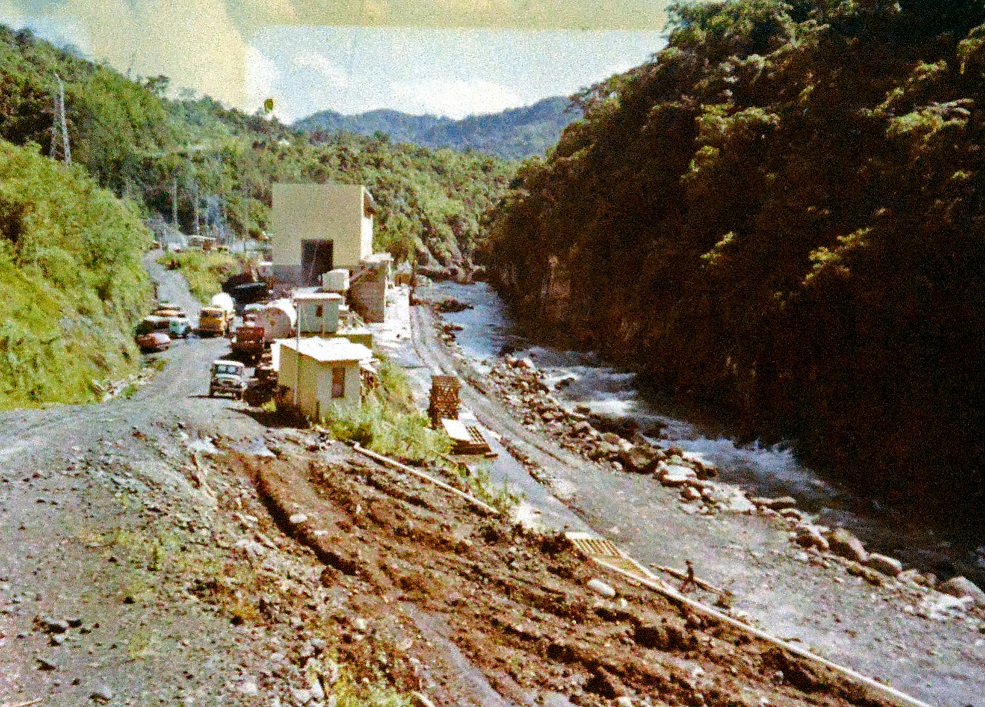The initial discharge of the Monasavu Lake water from the Wailoa Power House into the Wailoa River was expected to kill all forms of life in the river.
This, according to a report in The Fiji Times on November 1, 1983.
At the time it was not known how far downstream the effect would extend and how permanent it would be.
Teams from the University of the South Pacific (USP) fisheries sections were monitoring the situation to determine the extent of the damage.
It was also believed the 17km long man-made Monasavu Lake would be largely sterile in the future, unable to sustain commercial fish and farming schemes.
Fish and prawn life in the Wailoa River was expected to be endangered by the lack of oxygen in the water drawn from the lake.
The presence of other harmful chemicals like hydrogen sulphide and colder water temperatures was also expected to affect the marine organisms. John Brodie of USP’s Institute of Natural Resource told The Fiji Times they had tested samples from the Wailoa River for several years.
“We are expecting bad effect for a while but cannot say how far downstream this will go,” Mr Brodie said.
Depending on the flow of the river, it was reported the dam water was capable of wiping out life and damage vegetation in the Wailoa River.
Mr Brodie’s finding was confirmed by Tony Lewis of the Institute of Marine Resources.
Mr Lewis said that as a result of some earlier research, they were expecting some problems in the initial period, but hoped it would not be permanent.
Tests carried out by Mr Brodie’s team revealed there was no oxygen below five to 10m of the 80-metre-deep Monasavu Lake.
The top layers of the dam were teeming with tilapia fish which was introduced to the dam earlier. Initially 4000 fish were introduced but Mr Lewis said nearly 20,000 were being caught by the villagers since then.
Studies showed how much of an impact the tilapia fish had on food patterns of people on the Nadrau Plateau, he said.
The tilapia’s spectacular success was mainly because of the condition of the lake, decaying vegetation and murky water was perfect for it.
The USP team carried out studies along the entire waterway from Rewa River upstream to Wailoa.
They collected specimen for identification and comparison.
The river was closely monitored for effects and how far downstream these effects would extent to.
In case marine life in the river was to be affected, a contingency plan was already in place to build prawn and fish cultures at each of the villages affected.
Since the lake water was turning over more rapidly than previously anticipated, it was expected to clear up itself of rooting vegetation and harmful chemicals fairly quickly.
Once the lake was cleared of vegetation, debris and algae, it was not likely to hold much fish.
“The lake is in great condition for fish but it will largely be a sterile lake in the future.”
USP continued to carry out water analysis at the lake to see what other fish could be introduced into the Monasavu Lake.
They planned to introduce white bass into the Vaturu Dam and hoped they could do the same for Monasavu.



